EVGA SuperNOVA 850 P2 Power Supply Review
EVGA recently enriched its P2 line with three new members, featuring 650W, 750W and 850W capacities. All three, like the other P2 models, are made by Super Flower and feature Platinum efficiency. Today we're testing the 850 P2.
Packaging, Contents, Exterior And Cabling
Packaging

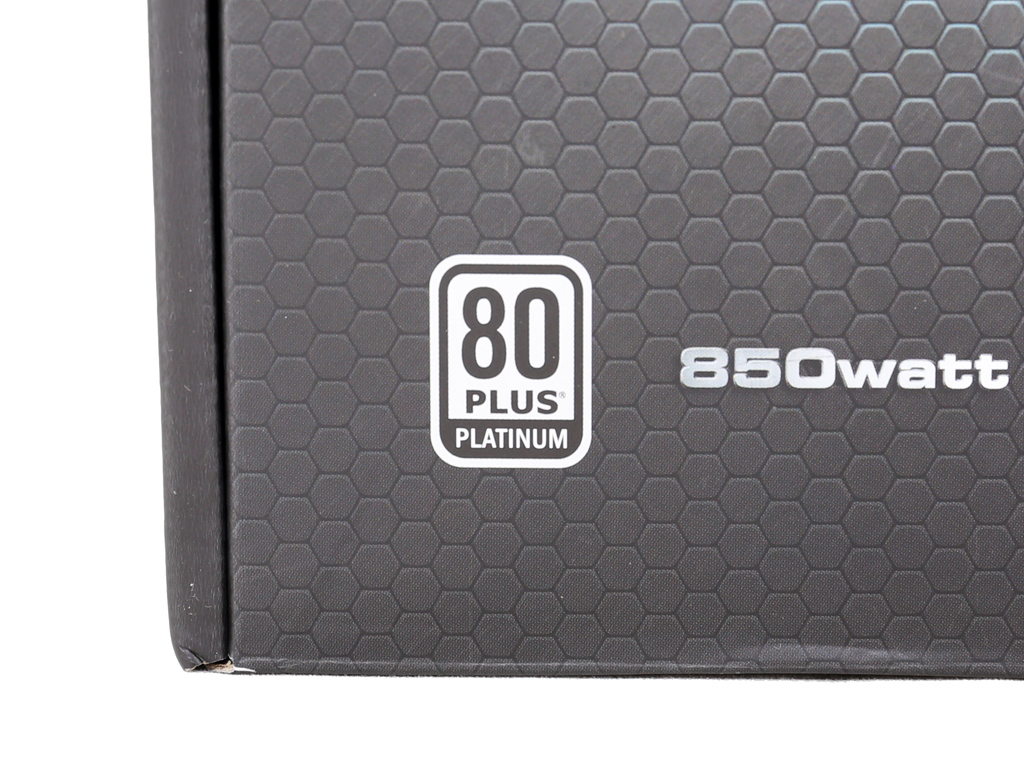
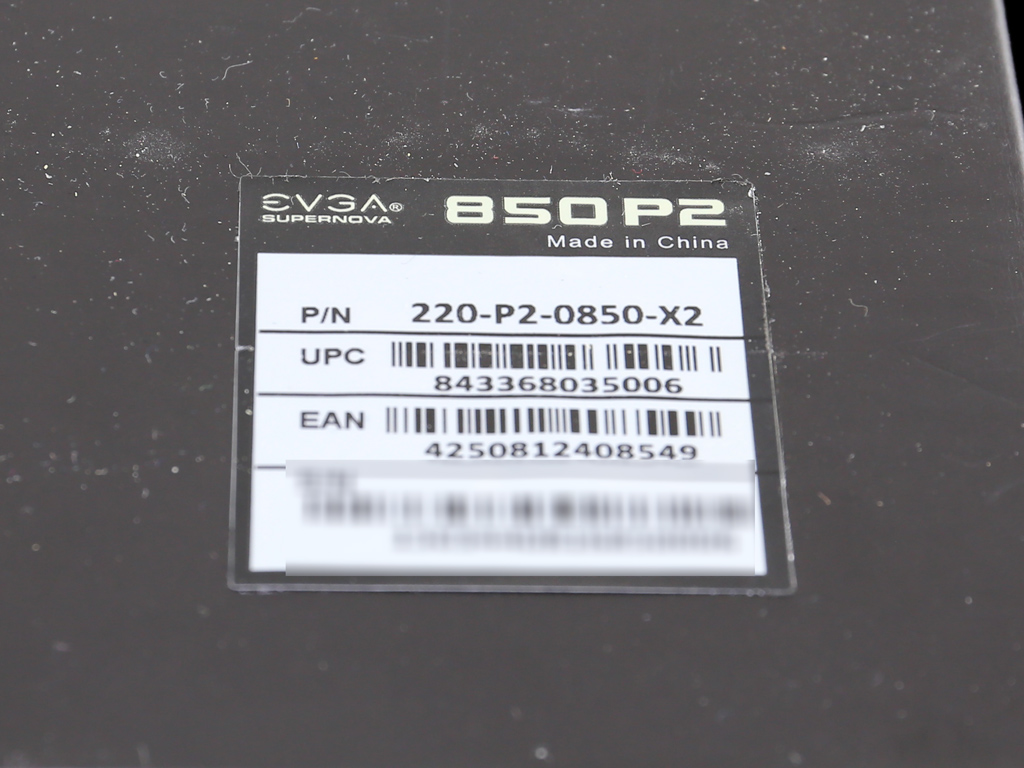

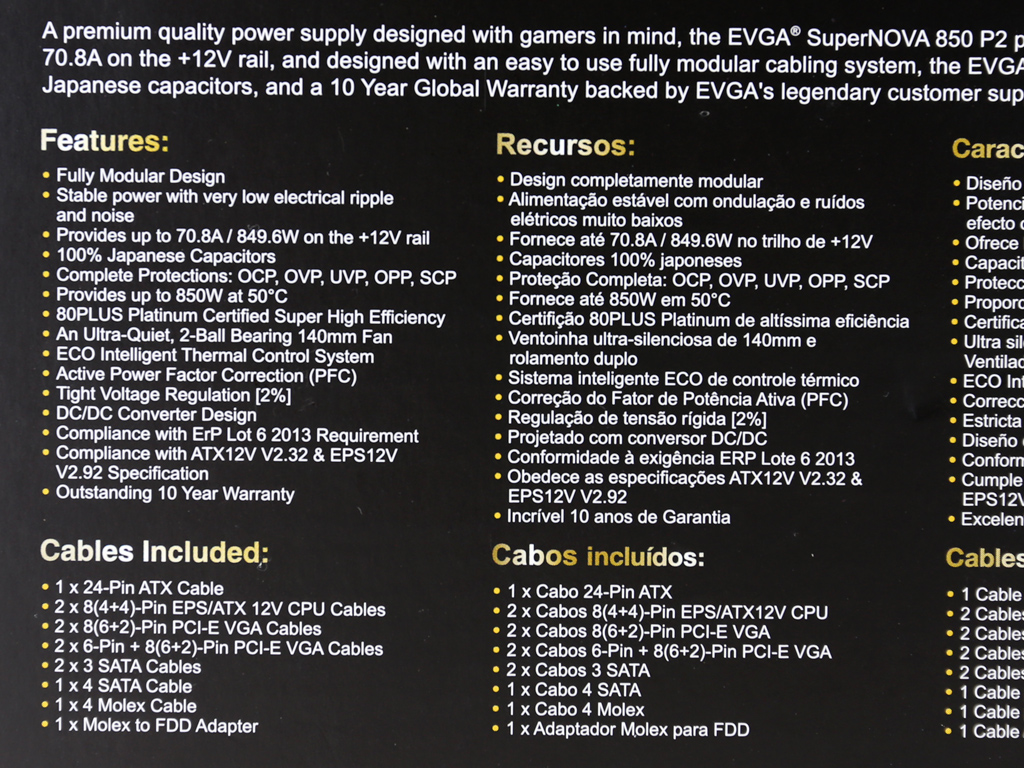



The box containing the SuperNOVA 850 P2 is the same as almost every other EVGA PSU. On its front you'll find the model number in large lettering, along with EVGA's logo. The small 80 Plus Platinum badge is in the bottom-left corner. Around back, EVGA shares some interesting information about the PSU's features and technical characteristics. There are also three small photos: one of them depicts the APFC capacitors, which are provided by Japanese manufacturer Nippon Chemi-Con.
Contents
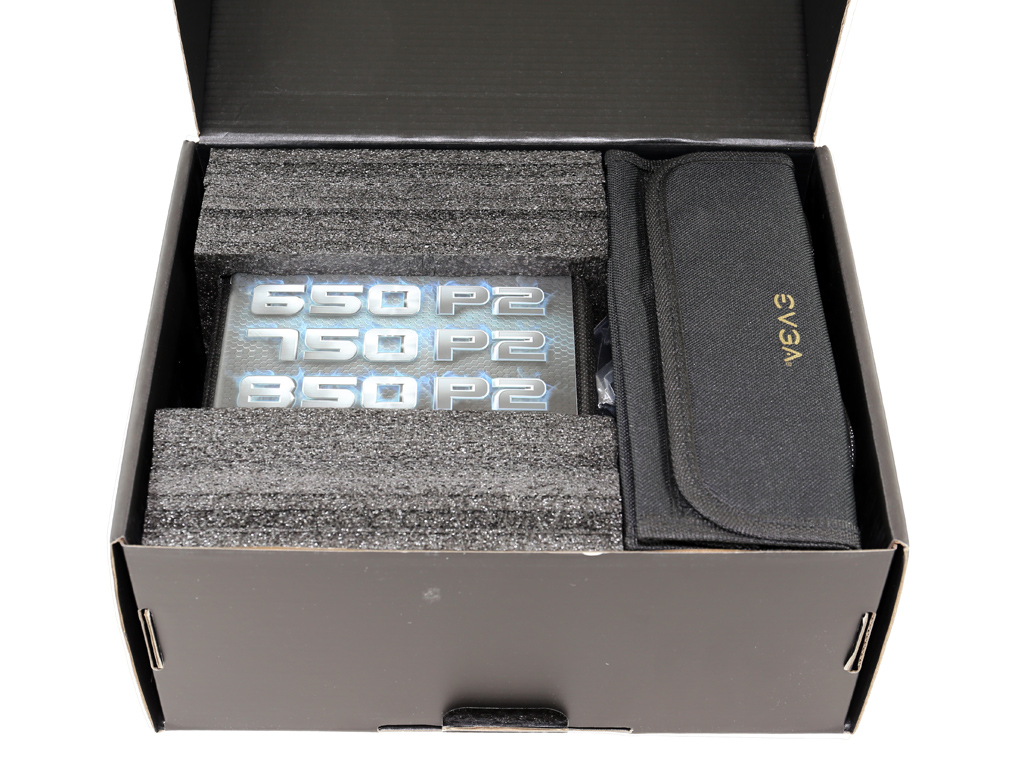


The PSU is well-protected inside the box, and is also stored inside a nice cloth bag with EVGA's logo printed on it.
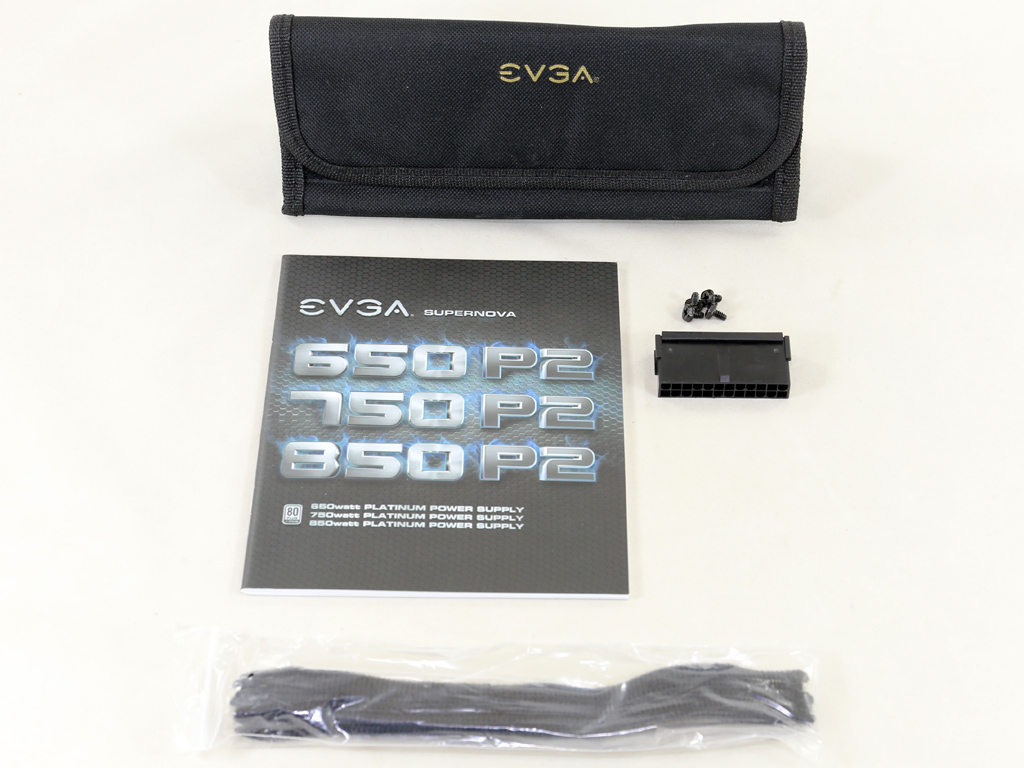

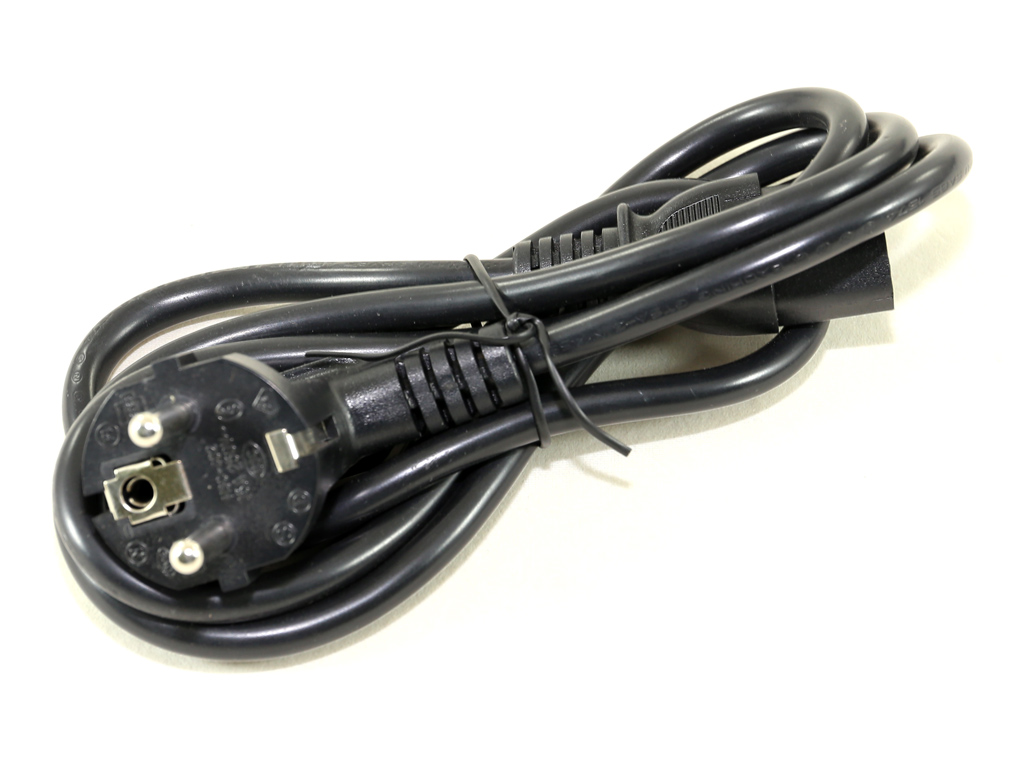
The bundle includes an ATX-bridging plug for (jump) starting the PSU without a mainboard. This proves useful in case you want to test a water-cooling setup in isolation, for example. The PSU's other accessories include a set of fixing bolts, several Velcro straps and a nylon pouch for storing unused modular cables. Lastly, the included user's manual is common across the 650, 750 and 850 P2 models.
Exterior
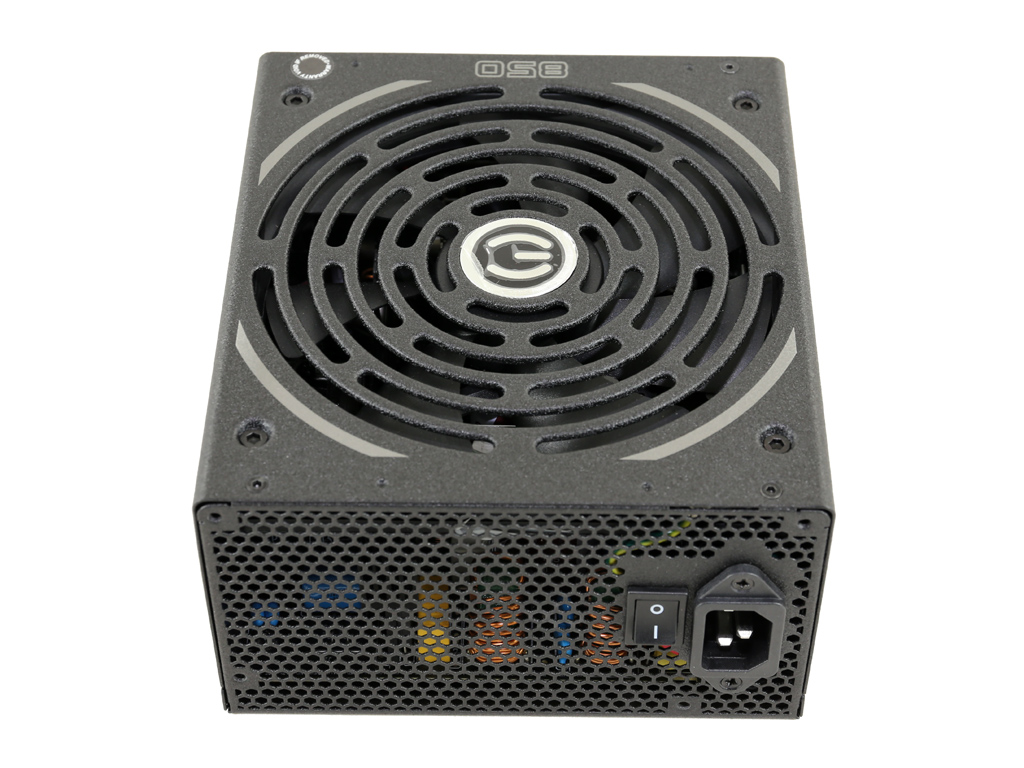
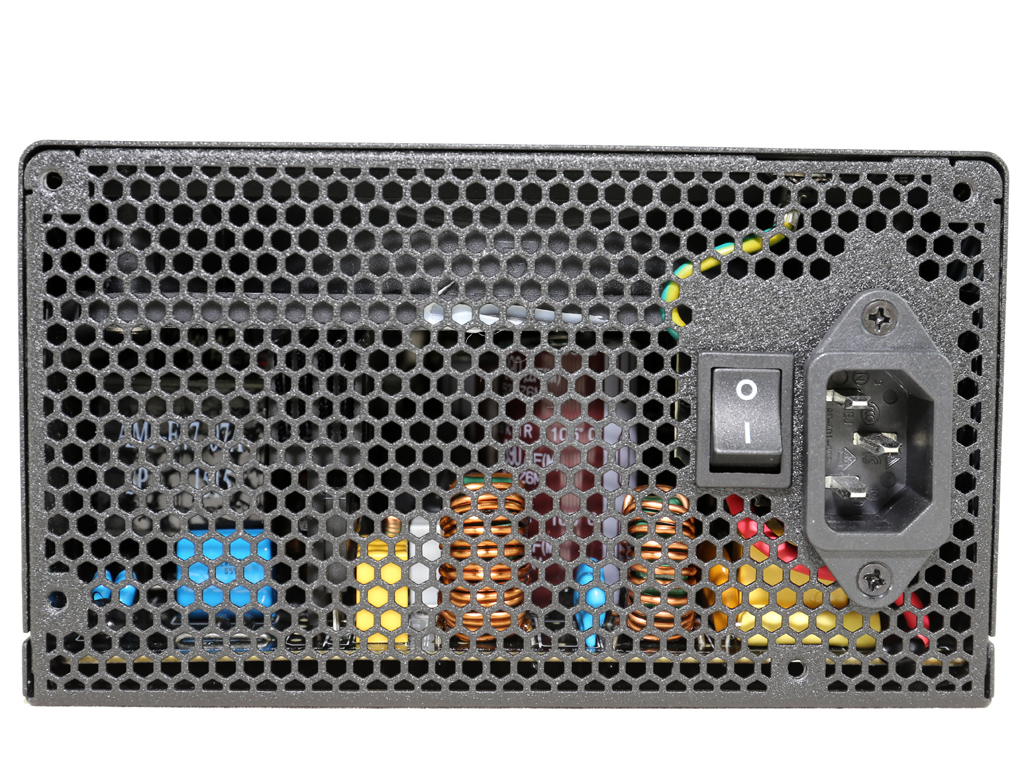

The PSU has a matte coating, which we prefer since usually it means the unit is fingerprint-proof and scratch-resistant. If you do manage to scratch a matte surface, however, it looks pretty nasty.
On the unit's front side is a honeycomb-style mesh; the small power switch resides next to the vertical AC socket.

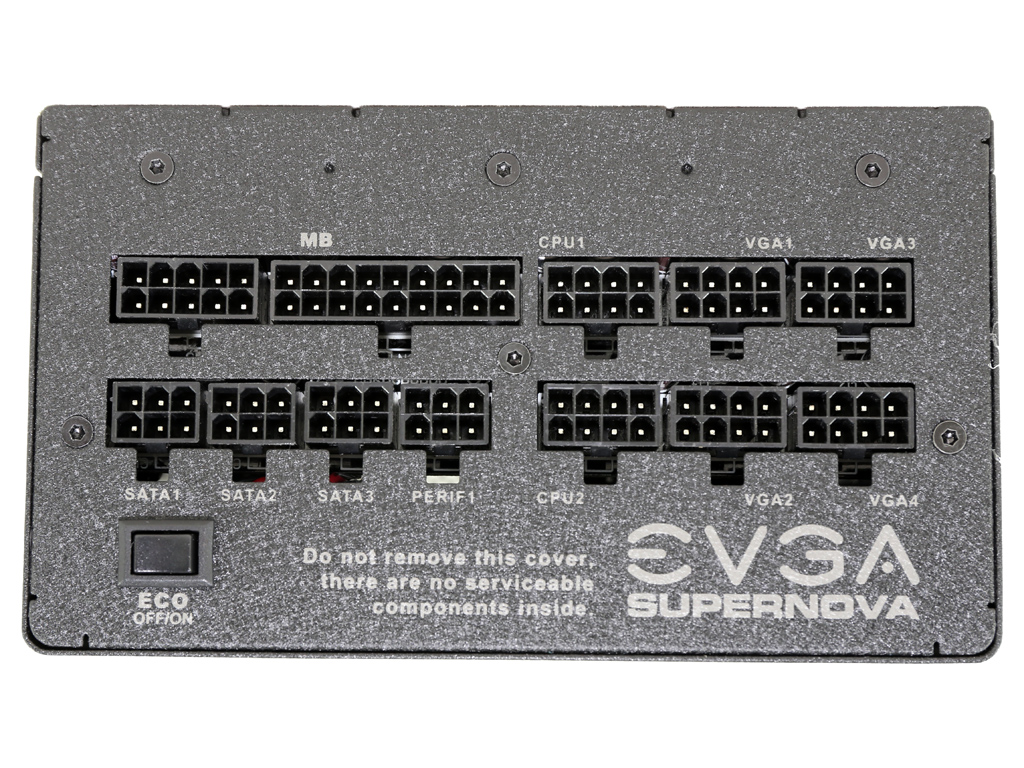

On the back, the modular panel includes a large number of sockets to accommodate this unit's greater number of bundled cables. The ECO switch is located there as well, which we don't find convenient since you have to open your system up if you want to toggle semi-passive mode on or off. Some users prefer the ECO switch out of reach to avoid accidentally changing its position, but we believe it's an ergonomic mistake.
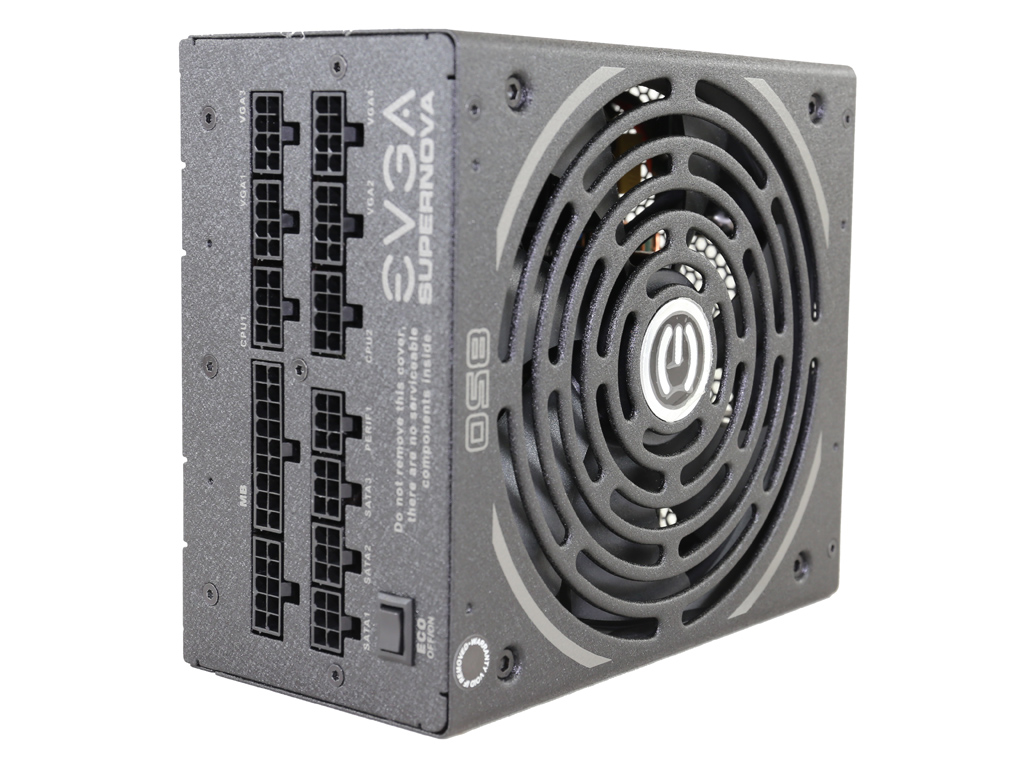
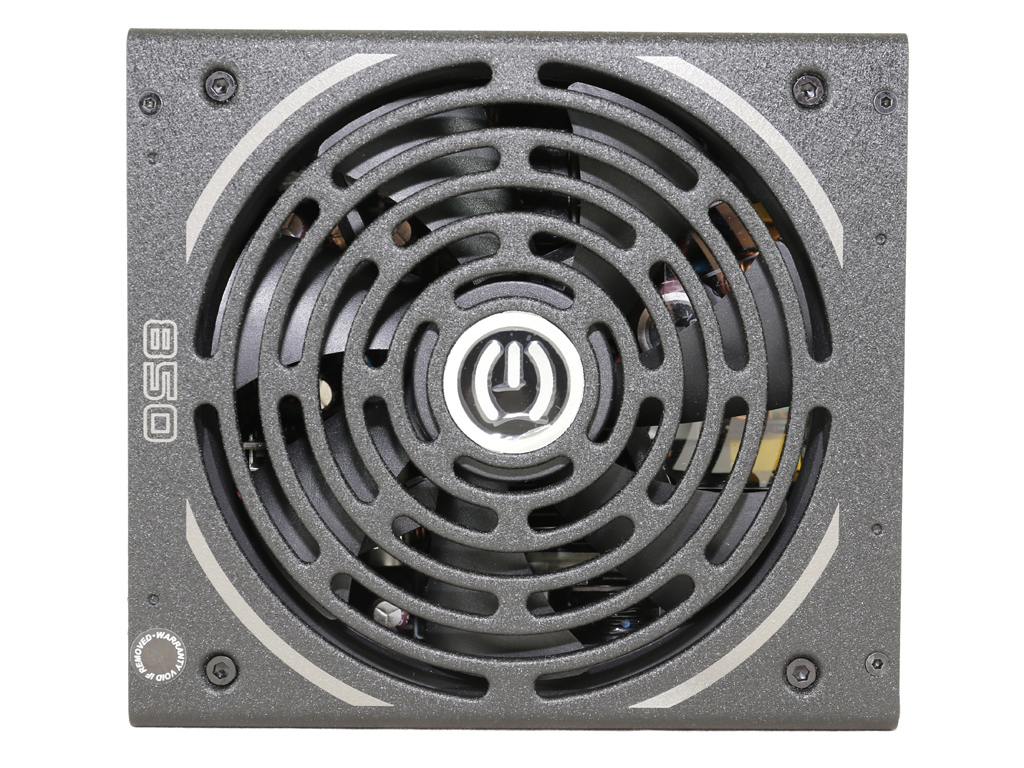
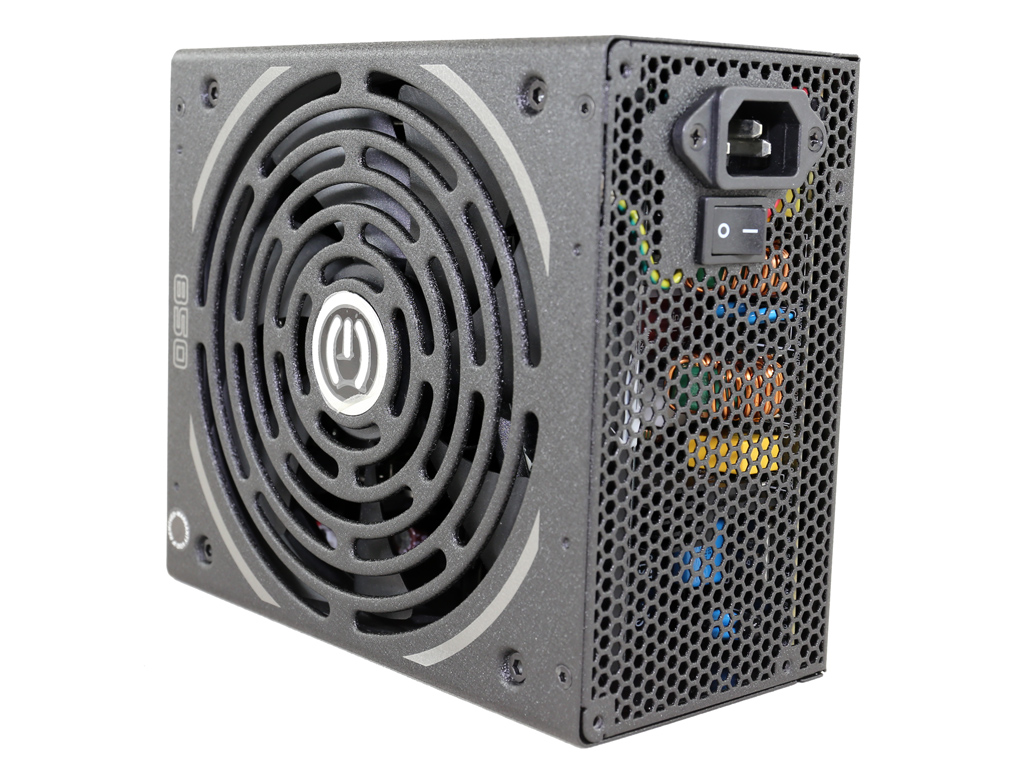

The punched fan grille provides an interesting look, and the 850 P2's dimensions are small enough, considering its capacity. In general, the external build quality is high, though we wouldn't accept anything less in this price range.
Get Tom's Hardware's best news and in-depth reviews, straight to your inbox.
Cabling
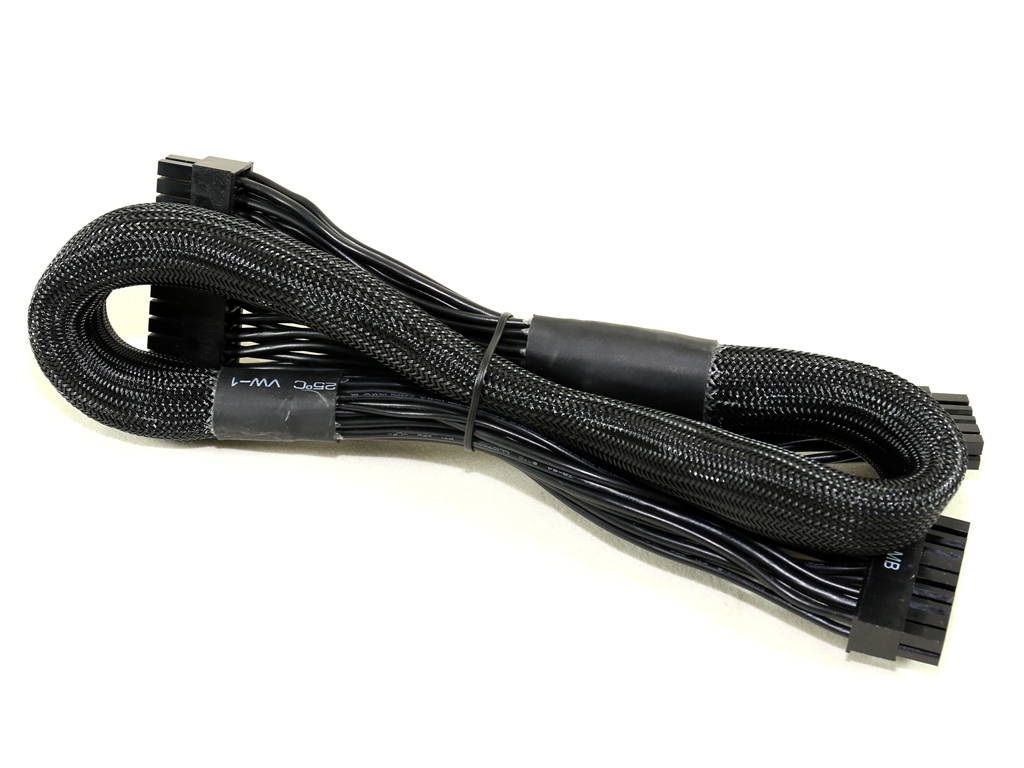
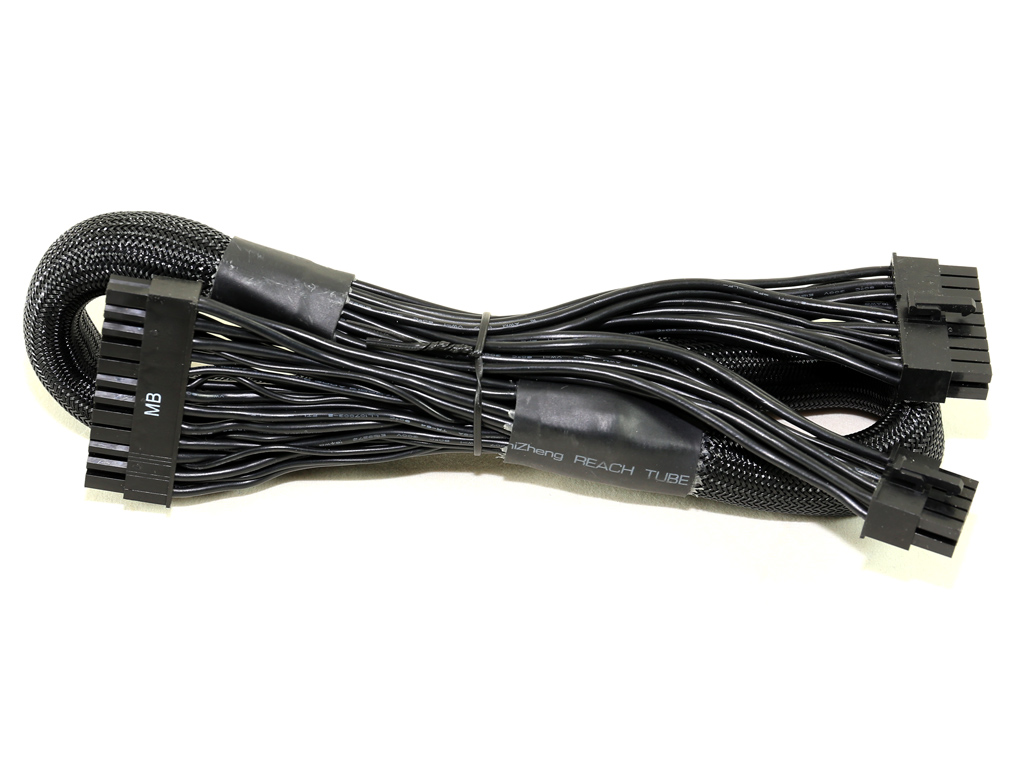
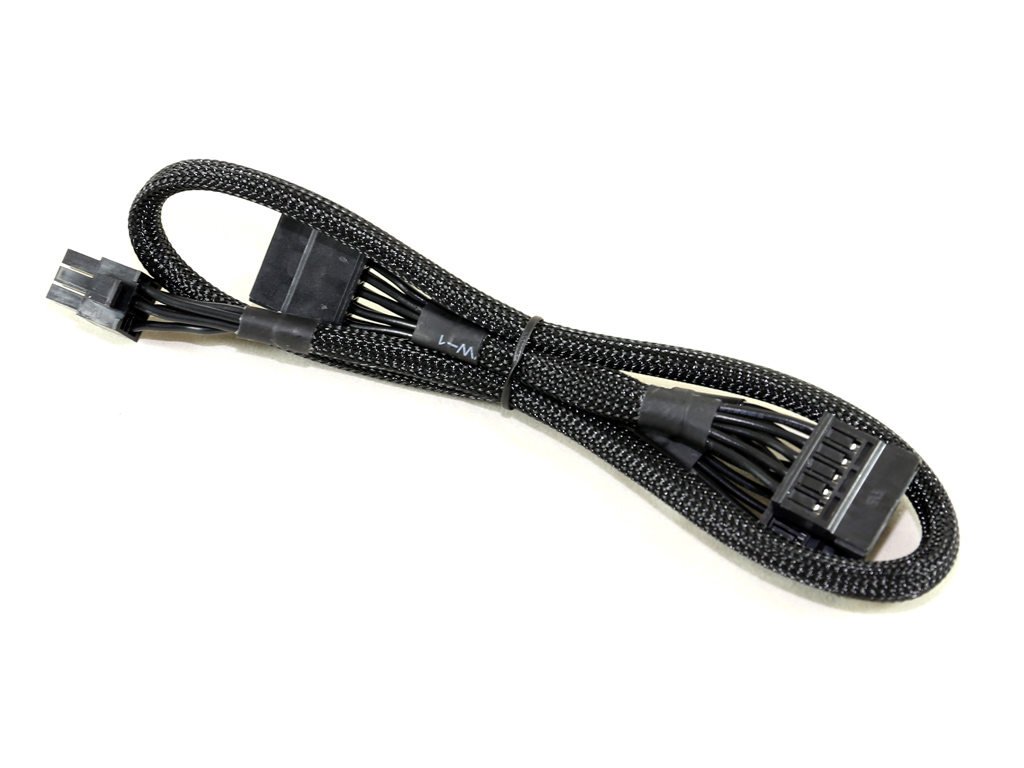
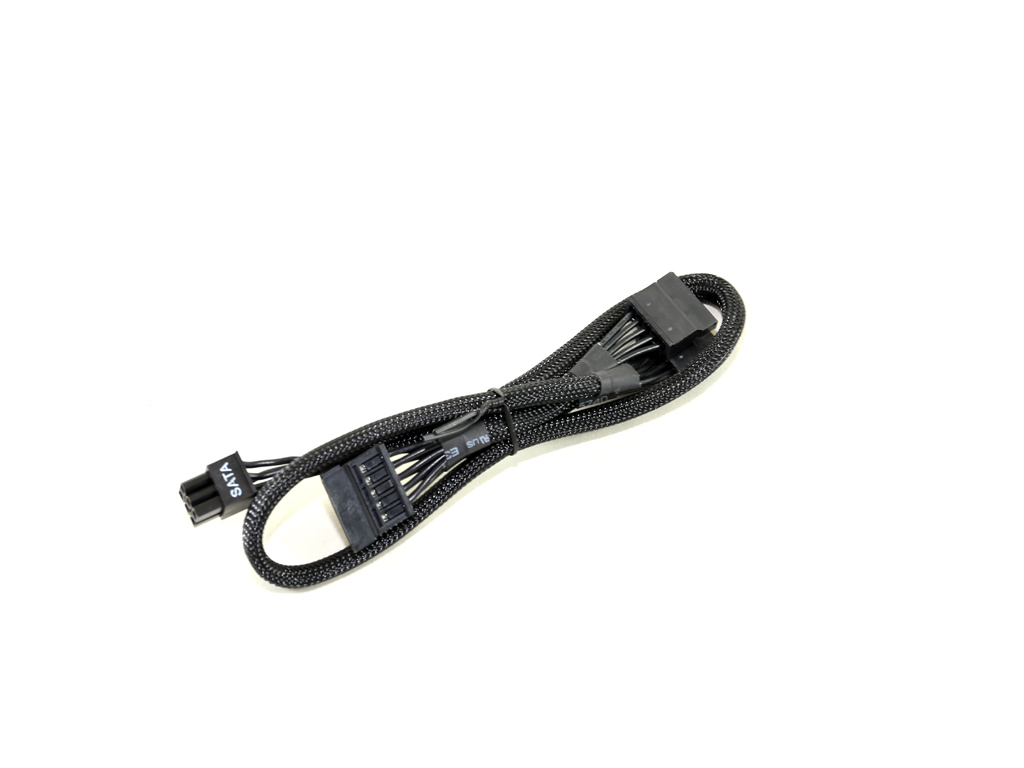
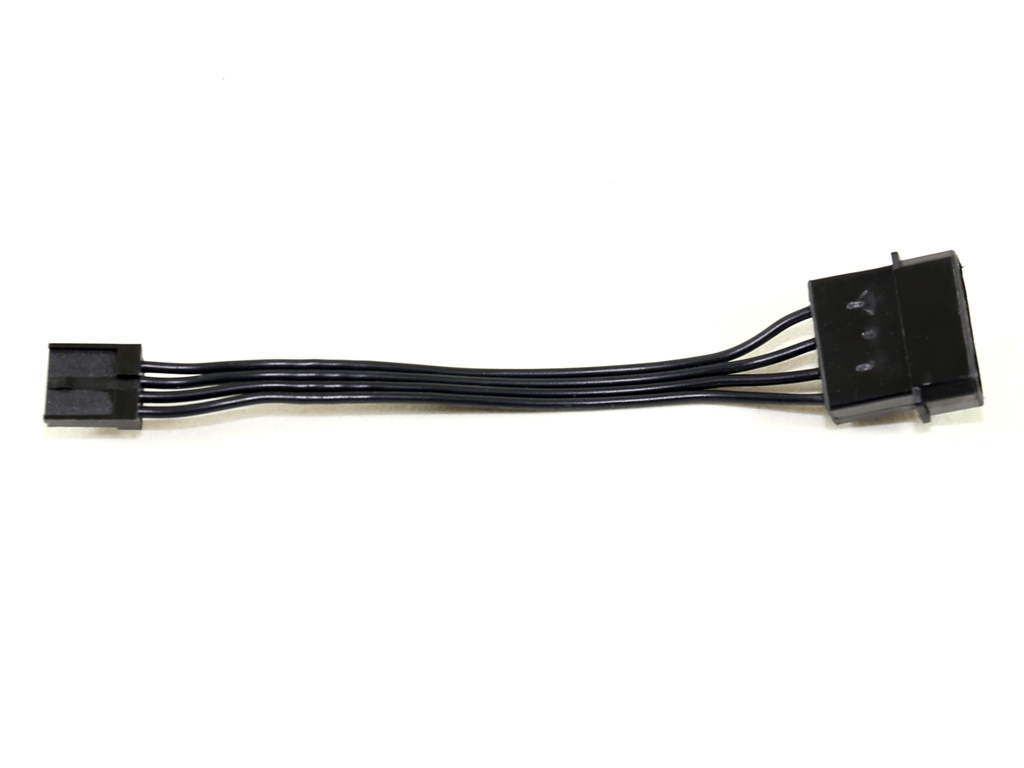


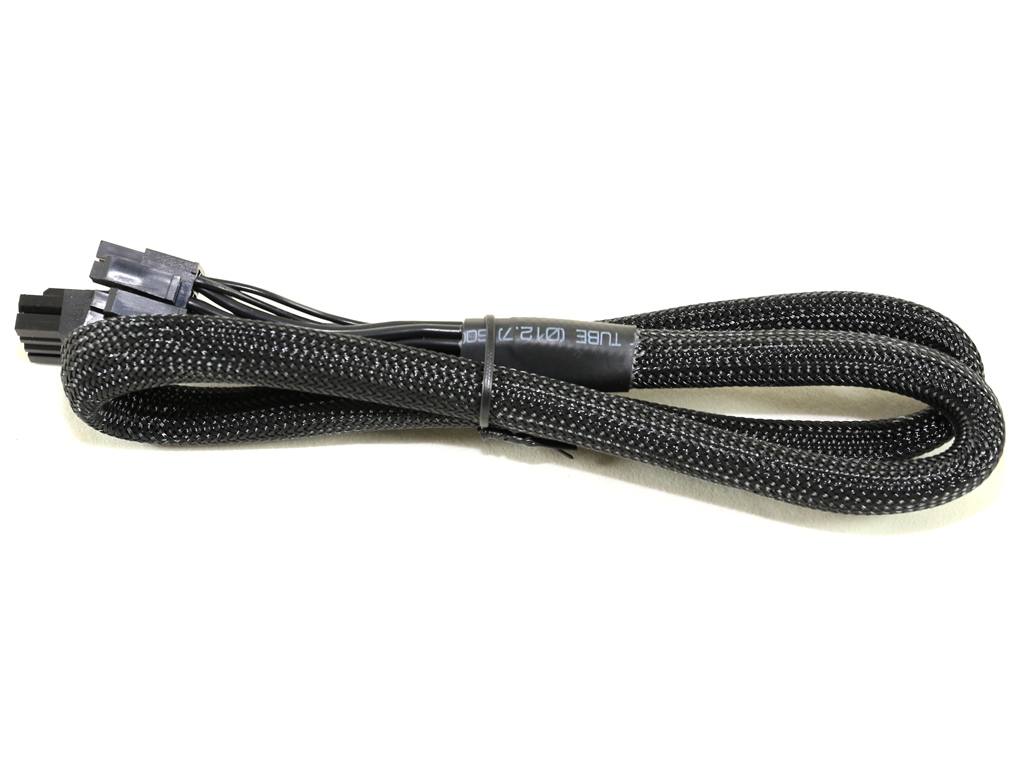
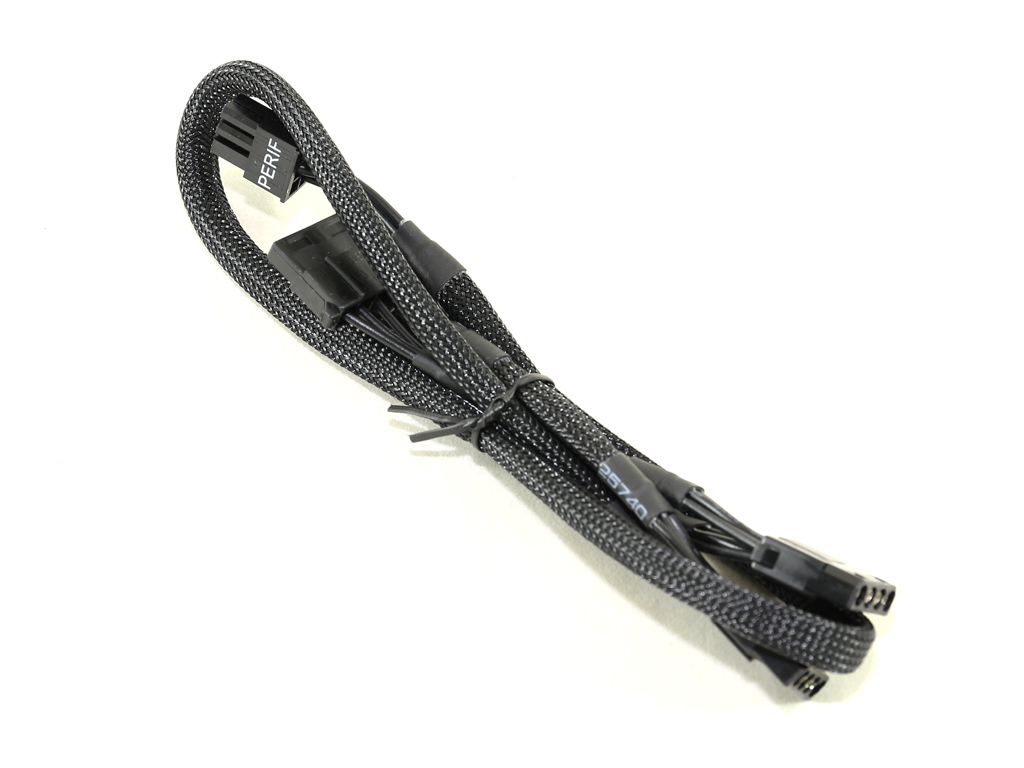

All cables are stealth, meaning that they feature dark-colored wires and have the normal round shape. Only the FDD adapter is flat. The ATX, EPS and PCIe cables aren't particularly flexible because of the thicker wires they use, so they'll complicate your cable management efforts. In addition, Super Flower equips these cables with filtering capacitors to further improve ripple. If you decide to buy one of the sleeved cable kits that EVGA offers, anticipate slightly higher ripple since you will lose those extra filtering capacitors. But given this platform's excellent ripple suppression performance, you won't have any issues with reliability or performance either way.
Current page: Packaging, Contents, Exterior And Cabling
Prev Page EVGA SuperNOVA 850 P2 Power Supply Review Next Page A Look Inside And Component Analysis
Aris Mpitziopoulos is a contributing editor at Tom's Hardware, covering PSUs.
-
JQB45 ReplyWhy can't US use 220v, man so much more efficient.
Tradition... There is nothing (I believe) stopping you from running a 220v circuit. I know we have one 20amp NEMA circuit in this house specificity for the computer room. Its not common to see those in house holds either. -
cliffro Reply17550218 said:Tier-1 but on the low end of Tier-1 due to its hold up time.
Scores a 9.7 on Jonnyguru, but is low end of tier 1 got it.
I like Tom's in general, been coming here since Tom was actually doing reviews, but I'll take JonnyGuru's(or Oklahoma Wolf) word that this is an awesome PSU, it scored 10 of 10's in all but Value, where a couple of similar quality PSU were a tad cheaper.
I've got the G2 model(thanks to their review of it) and couldn't be happier with it. Well other than they now have Platinum and Titanium versions and would prefer one of those. But 80+ Gold is still good enough for me. -
powernod Reply17550218 said:Tier-1 but on the low end of Tier-1 due to its hold up time.
Scores a 9.7 on Jonnyguru, but is low end of tier 1 got it.
I like Tom's in general, been coming here since Tom was actually doing reviews, but I'll take JonnyGuru's(or Oklahoma Wolf) word that this is an awesome PSU, it scored 10 of 10's in all but Value, where a couple of similar quality PSU were a tad cheaper.
I've got the G2 model(thanks to their review of it) and couldn't be happier with it. Well other than they now have Platinum and Titanium versions and would prefer one of those. But 80+ Gold is still good enough for me.
Well, i think that you don't pay that much attention to Jonnyguru.com, as much as you claim.
Look here, at Jonny's tier list, and notice what tier is the EVGA's P2 line :
http://www.jonnyguru.com/forums/showthread.php?t=12947
-
dstarr3 ReplyWhy can't US use 220v, man so much more efficient.
The same reason so many regions have different plug types. They all designed these things before anyone had the idea to standardize these things across regions, and by now it's an incredible amount of work to have to redesign the infrastructure of entire countries. -
Adhmuz ReplyWhy can't US use 220v, man so much more efficient.
"Technology, current at the time of US electrification, locked the US into 110, then 120 volt outlets. Europe's electrification came later, and proceeded in response to advanced technology. The US was too deep into the 110/120 volt infrastructure to upgrade."
Gotta hand it to the Americans for inventing the concept of the grid and power distribution to the masses, they did it first, and Edison's equipment at the time ran best on 110v so it was the obvious choice. Currently it's at 120v, this was changed in the 50s. Don't forget houses are supplied with 240v, this is what runs our hot water heaters, ovens and air conditioners. Just the old way is still too set in stone to be changed, not to mention 120v is safer for human exposure (a shock from a 120v outlet is much less dangerous than that of a 240v outlet, having experienced the 120v shock I can't imagine how painful a 240v would be) -
10tacle Reply17552491 said:Just the old way is still too set in stone to be changed, not to mention 120v is safer for human exposure (a shock from a 120v outlet is much less dangerous than that of a 240v outlet, having experienced the 120v shock I can't imagine how painful a 240v would be)
Yep...I was popped by a 220v 3-prong washing machine plug wire that arced some two decades ago (when it was still known as a 220v power connection) and it knocked me on my butt. It makes getting hit by 120v (used to be 110v), which I've also experienced more recently, seem like carpet static electricity.
-
cliffro Reply17552081 said:17550218 said:Tier-1 but on the low end of Tier-1 due to its hold up time.
Scores a 9.7 on Jonnyguru, but is low end of tier 1 got it.
I like Tom's in general, been coming here since Tom was actually doing reviews, but I'll take JonnyGuru's(or Oklahoma Wolf) word that this is an awesome PSU, it scored 10 of 10's in all but Value, where a couple of similar quality PSU were a tad cheaper.
I've got the G2 model(thanks to their review of it) and couldn't be happier with it. Well other than they now have Platinum and Titanium versions and would prefer one of those. But 80+ Gold is still good enough for me.
Well, i think that you don't pay that much attention to Jonnyguru.com, as much as you claim.
Look here, at Jonny's tier list, and notice what tier is the EVGA's P2 line :
http://www.jonnyguru.com/forums/showthread.php?t=12947
This is the summary for my EVGA 850 G2 (Tier 2 according to his list, a WIP according to the post)
Performance
It scores a 9.9 of 10, and is somehow a Tier 2 according to that list. I have no clue as to what he is doing with his list on the forums. I cannot explain HOW a unit that scores 9.9 of 10 is anything less than Tier 1. There are some Corsair units that scored perfect 10's that are also listed as Tier 2 on it as well.
10
Functionality
10
Value
10
Build Quality
9.5
Total Score
9.9
Summary
Buy one. Do I really need to say anything else at this point? Once again, EVGA has something awesome here the competition can't seem to touch price wise. Performance? There are better units, yes. Not very many, but they exist. The real story here is how EVGA keeps managing to offer this kind of performance and still be more affordable than nearly everything else out there, and they have pretty much found perhaps the only OEM on Earth capable of doing it for them. It's got to be real nice being EVGA right now.
The Good:
outstanding ripple suppression
excellent voltage regulation
fully modular
semi-fanless mode
nice blacked out cablingThe Bad:
nothing at all
The Mediocre:
reviewing awesome units is getting dull... where's that gutless wonder in my pile? Second in line? Well, at least I'm guaranteed something interesting in all the wrong ways in a couple weeks...
If it's scoring that close to 10, or an actual 10 (his highest score), it's a Tier 1 to me. And I'd never second guess buying one regardless of brand. -
Amdlova you guys cry like a baby. i use 227v on the computer no ground. with a multimeter can see about 45v on chassis its nice to touch it. i use a ps3 power supply to drive a 400w car amplifier and the psu barely get warm, no fan only passive cooler. 127v as no good use anymore on non days.Reply